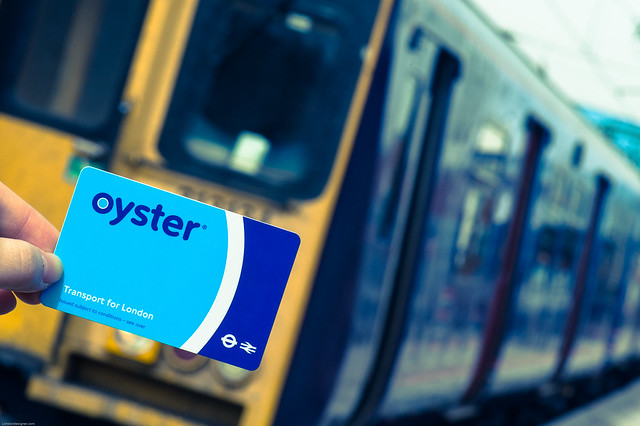
Transport for London, that city's regional transit operator and planning agency, has had a "daily cap" on bus, tram, and train fares since 2005. The fare system stops charging pay-as-you-go riders for trips once they spend a certain amount, which depends on which services you use and zones you visit. This means that you'll never spend more on transit in one day than a daily pass would have cost (sometimes even less), which gives everyone the value of a day pass without making people buy those passes in advance.
The Ventra card and Transport for London's Oyster card were both created and installed by Cubic Transportation Systems, so it's possible that daily capping can be implemented in Chicago.
One-day transit passes encourage more transit use, since they lower the cost of each additional ride, and give the pass holder the freedom to travel as much they want in a day. They're especially good at encouraging people to ride off-peak, like midday or in the evening, since these additional trips are "free." By making the purchase of a daily pass automatic, a daily cap benefits riders -- both residents and tourists -- who either are used to paying for transit as they go, aren't sure if the one-day pass is a good buy, or who want to budget their travel costs.
For Chicago tourists, a $10 day pass is an excellent value for a busy day of sightseeing -- say, getting from a bed & breakfast in Logan Square to downtown, ferrying themselves among museums up and down Michigan Avenue, stopping in Chinatown for dinner, and then taking the Blue Line back home. For locals, a day pass is a great buy if one needs to hit up several shops across the city on their day off, take the bus for lunchtime errands, or have an evening out that traverses several neighborhoods. But instead of making customers choose beforehand whether a daily pass or pay-as-you-go would make sense for the day, a daily cap automatically chooses the best value for the rider.
Daily capping could even work on Metra trains and CTA + Metra journeys: Oyster works on buses, the Underground rapid transit, the Overground regional rail service, and local commuter trains. At the end of the day, the fare software sums your journeys' costs, applies the cap if you reached it, and distributes revenues among the various transit systems you used. CTA could still sell one-day passes, for people who don't want to load more than $10 at a time onto their Ventra card.
Once CTA and Pace finish rollout on July 1 this year, by no longer accepting fare media that aren't Ventra, they should begin a conversation with Cubic to start a daily capping pilot project.




